World Space Week - The Future of Space Travel & Living in Space
This World Space Week, discover what it’s really like to live beyond Earth. From sleeping and eating aboard the International Space Station to the challenges of surviving on the Moon and Mars, humans are learning how to live and work in space. Explore how astronauts adapt to life in space, the experiments that help us survive off-world, and what the next steps in lunar and Martian exploration could mean for the future of humanity.
The Future of Space Travel: Where Curiosity Takes Us Next
For as long as we’ve looked up at the stars, we’ve imagined what it might be like to travel among them. At Kielder Observatory, that same curiosity drives everything we do - exploring, learning, and wondering about our place in the universe. And now, as technology takes bold new steps, the dream of venturing deeper into space is closer than ever before.
Living and Working in Space
Above our heads, about 250 miles up, the International Space Station (ISS) has become our home in orbit. A unique laboratory where astronauts from around the world live, sleep, eat, and work while circling Earth every 90 minutes. It might sound glamorous, but life in space is far from easy. Being in constant freefall, and floating around all the time, means simple tasks like brushing your teeth, eating a meal, or getting a good night’s sleep require practice and patience.
The ISS is more than a home; it’s a scientific laboratory where thousands of experiments are carried out in microgravity. These studies help us understand how the human body changes in space, how muscles weaken, bones lose density, and how our minds adapt to isolation and confined living. The lessons learned here are essential for our next big steps: living on the Moon and eventually Mars.
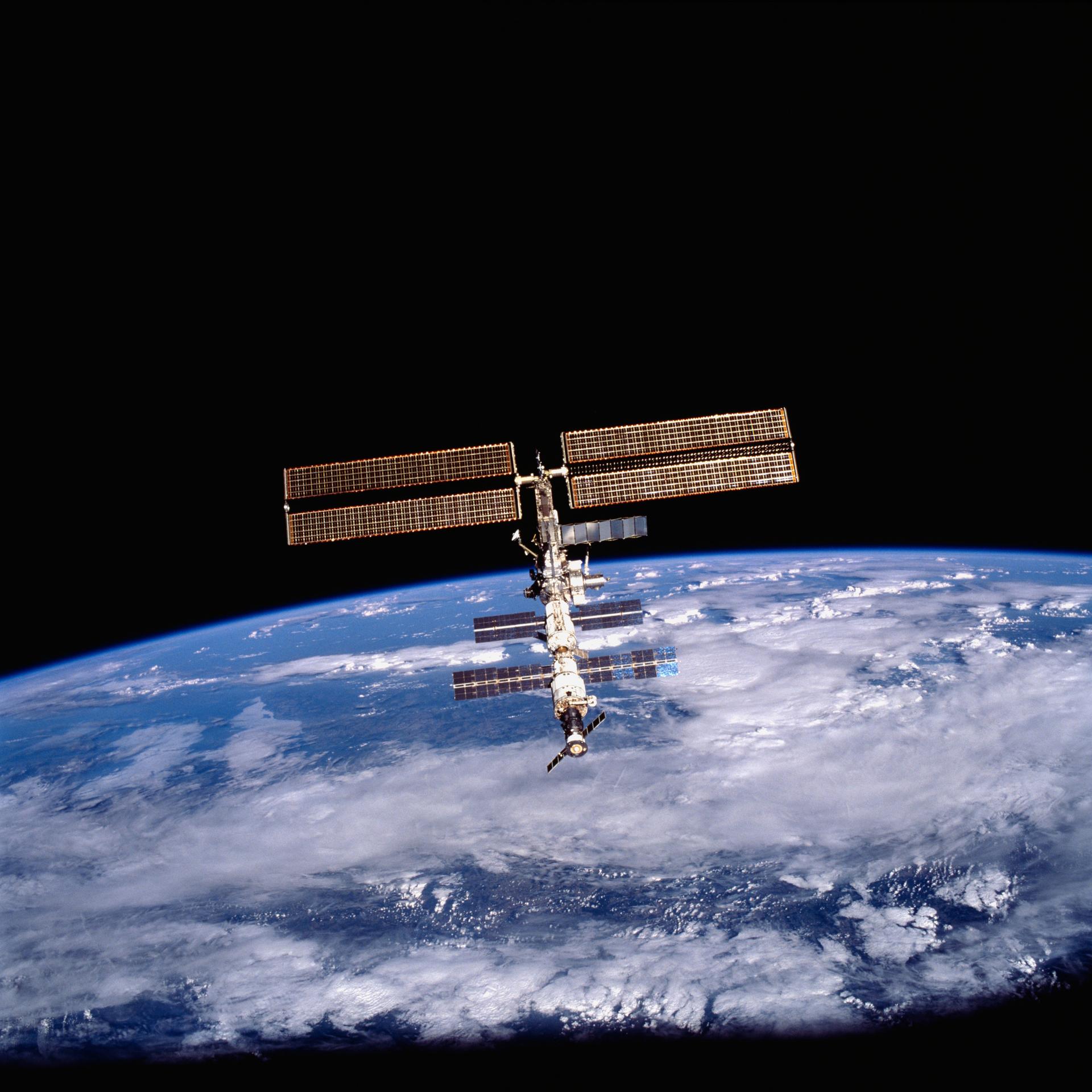
This image of the International Space Station (ISS) was photographed by one of the crewmembers of the STS-105 mission from the Shuttle Orbiter Discovery after separating from the ISS. Image: NASA
The Challenges of Living Beyond Earth
Surviving away from Earth is a huge challenge. The Moon has no breathable atmosphere and experiences extreme temperature swings, scorching hot in sunlight and freezing cold in darkness. Mars, still with some significant temperature swings, just not as extreme as the Moon, has a thin atmosphere made mostly of carbon dioxide, and dust storms that can last for months.
Astronauts will need habitats that can shield them from radiation, generate power, recycle air and water, and grow food in conditions unlike anything on Earth. Scientists are already testing 3D-printed lunar bases, space-grown plants, and robotic support systems that could one day make long-term living on other worlds possible.
Even something as simple as a meal will change. Future explorers might eat fresh vegetables grown under artificial light or rely on carefully designed nutrient packs. Sleep cycles will also be different, with long days and nights that can last weeks or months depending on where they are in the solar system.
Despite these difficulties, each challenge brings innovation. Learning how to live off-world helps us design new technologies that make life better here on Earth, from clean energy systems to medical advances and sustainable living practices.
Back to the Moon, and on to Mars
NASA’s Artemis programme is preparing to return humans to the Moon for the first time in over 50 years, not just to visit, but to stay. The next few years promise to be some of the most exciting in space exploration for a generation.
Artemis II, planned for launch soon, will carry astronauts beyond Earth’s orbit and around the Moon, marking the first time humans have left Earth orbit since 1972. The following mission, Artemis III, aims to return astronauts to the lunar surface for the first time in over half a century. While earlier plans highlighted the goal of landing the first woman and the first person of colour on the Moon, NASA has since updated its public language in line with recent U.S. government policy changes. Regardless of administration, the Artemis programme continues to represent a major step forward in human exploration, paving the way for a sustained presence on and around the Moon, and eventually, the journey to Mars.
These missions are laying the groundwork for a sustainable human presence on and around the Moon. Plans for the Lunar Gateway, a small space station that will orbit the Moon, will allow astronauts to live and work there for longer periods and serve as a launch point for future missions to Mars. Each step brings us closer to becoming a multi-planet species, one small step at a time.
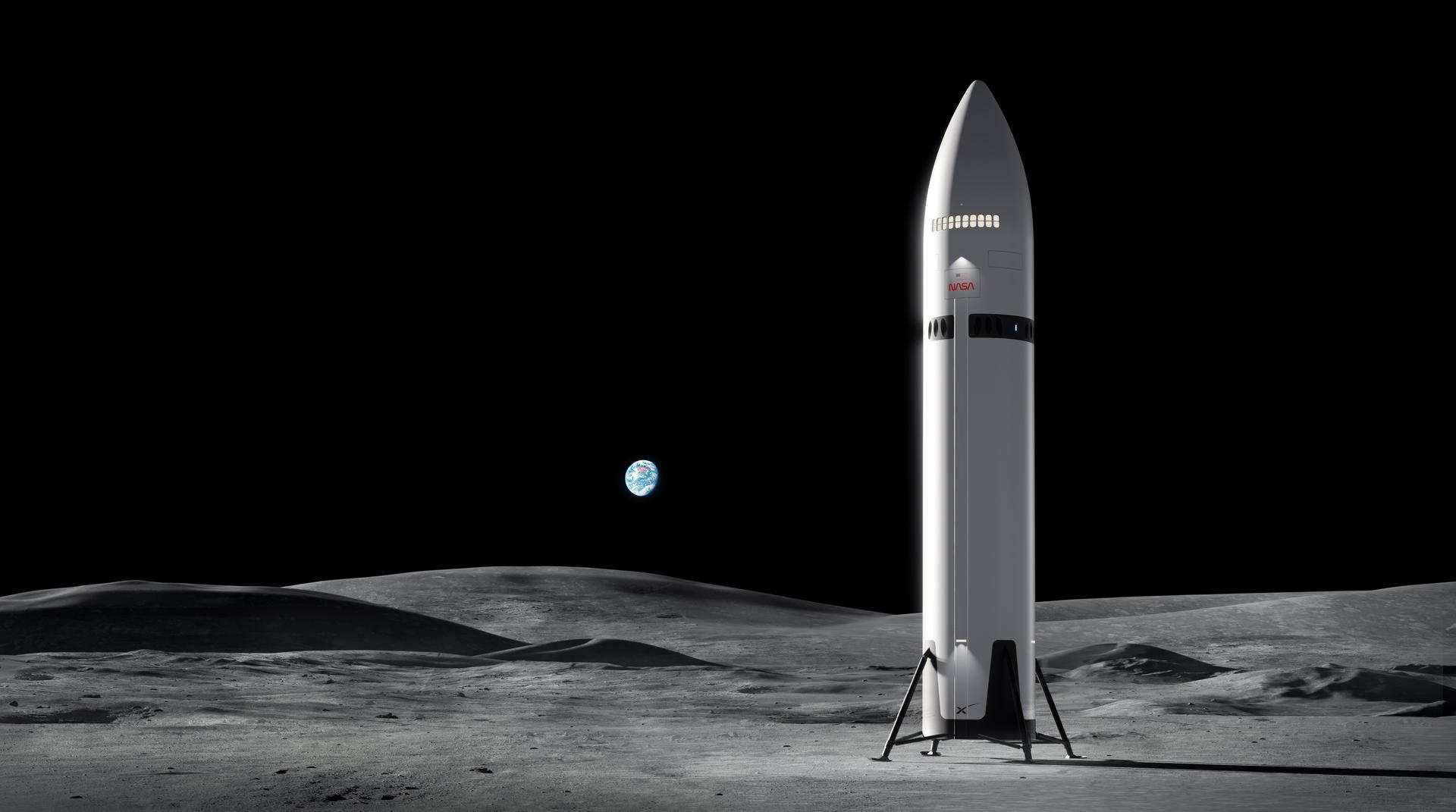
These artist’s concepts show SpaceX’s Starship Human Landing System (HLS) on the Moon. Image: NASA
A Global Effort
Space exploration has become a truly international adventure. The European Space Agency (ESA) is developing its own lunar lander and working closely with NASA on Artemis. India recently made history with its Chandrayaan-3 lunar mission, and Japan, China, and the United Arab Emirates are all sending their own missions to the Moon and Mars. Each nation contributes its own expertise, showing that space exploration thrives when we share knowledge and ambition.
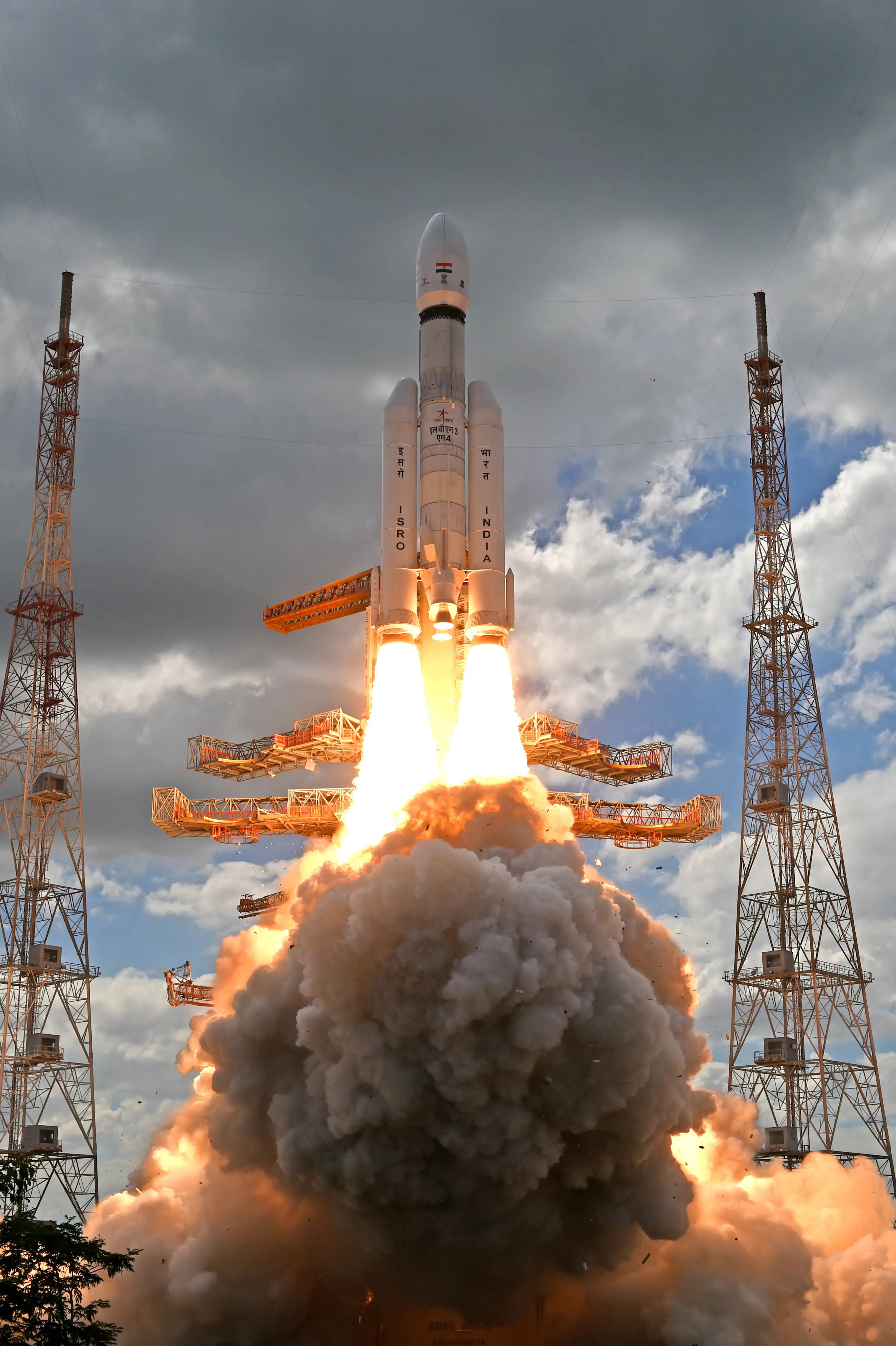
Launch vehicle lifting off from the Second Launch Pad (SLP) of SDSC-SHAR, Sriharikota. Image: Indian Space Research Organisation (GODL-India)
The New Space Race — Private and Public
It’s not just governments reaching for the stars. Companies like SpaceX and Blue Origin are revolutionising how we travel beyond Earth, developing reusable rockets that make spaceflight more sustainable and affordable. These partnerships between private industry and national space agencies are shaping a new era of exploration, one that could soon open the door to commercial flights, tourism, and research in orbit.
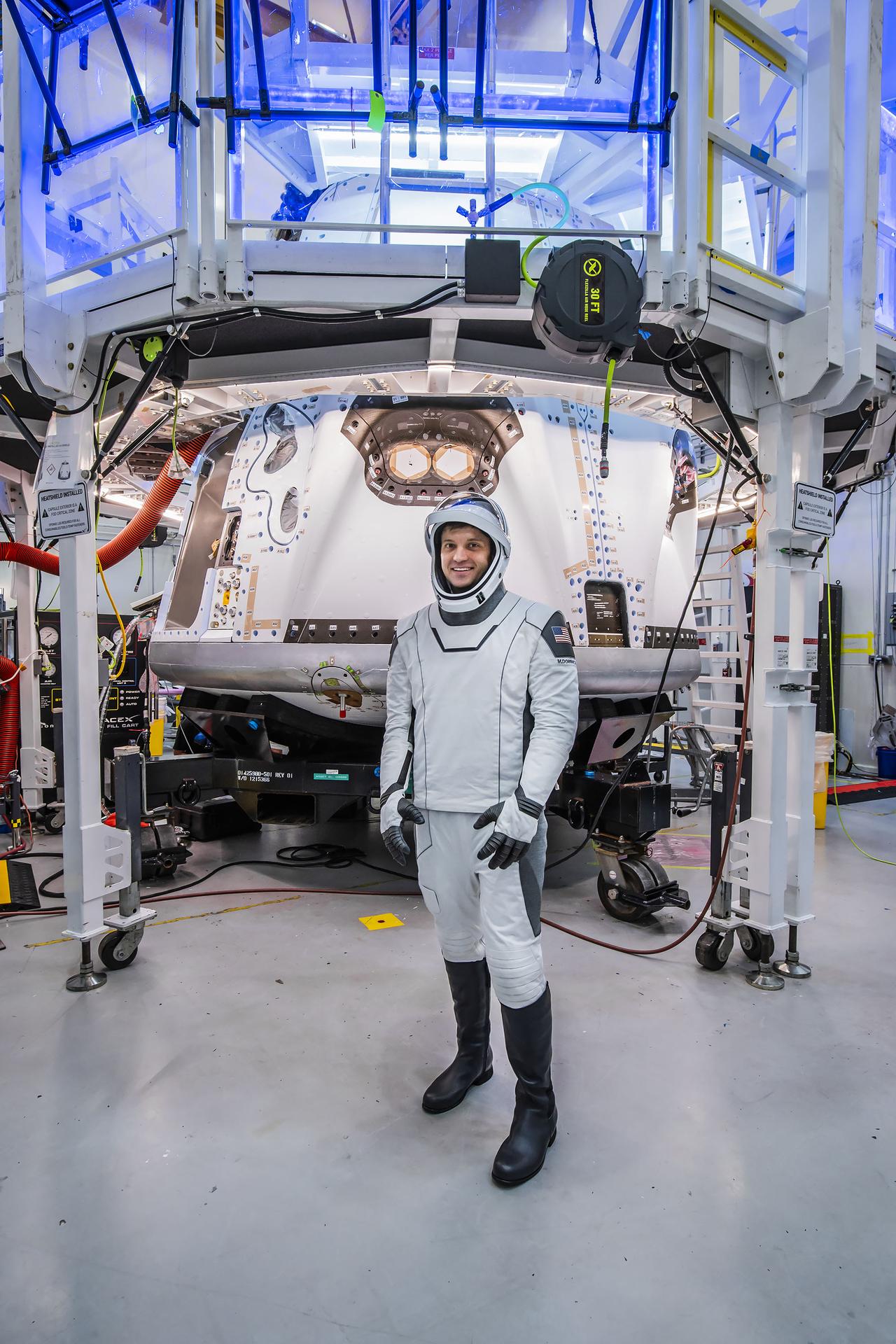
NASA astronaut Matthew Dominick, commander of NASA’s SpaceX Crew-8 mission, is suited up to participate in a Crew Equipment Interface Test (CEIT) at Cape Canaveral Space Force Station in Florida on Friday, Jan. 12, 2024. Image: NASA
Why It Matters
Exploring space is about more than discovery, it’s about progress. The technologies developed for space travel often lead to breakthroughs on Earth: medical devices, water purification systems, solar energy, and even the camera sensors in our smartphones all trace their origins to space research. By pushing our boundaries, we push innovation forward.
It’s also a powerful investment in the future. Countries that fund space programmes don’t just explore the cosmos, they fuel their own economies. These projects create hundreds of thousands of jobs and spark industries in engineering, computing, and manufacturing. Studies from 1971 and again in 2016 found that for every dollar the U.S. government invested in space exploration, the return was between $7 and $14, depending on the mission. That’s a remarkable return, and a reminder that when we reach for the stars, we lift up life here on Earth too.
Keeping Wonder Alive
Here on Earth, our journeys into space remind us to look up and stay curious. Every rocket launch, every new discovery, and every shimmering star above Kielder’s dark skies tells part of a much bigger story - one of human imagination, collaboration, and courage.
So next time you visit Kielder Observatory and gaze at the Milky Way stretching above Northumberland, remember: the future of space travel isn’t just about reaching other worlds, it’s about continuing the greatest journey of all, fuelled by curiosity and the human spirit.
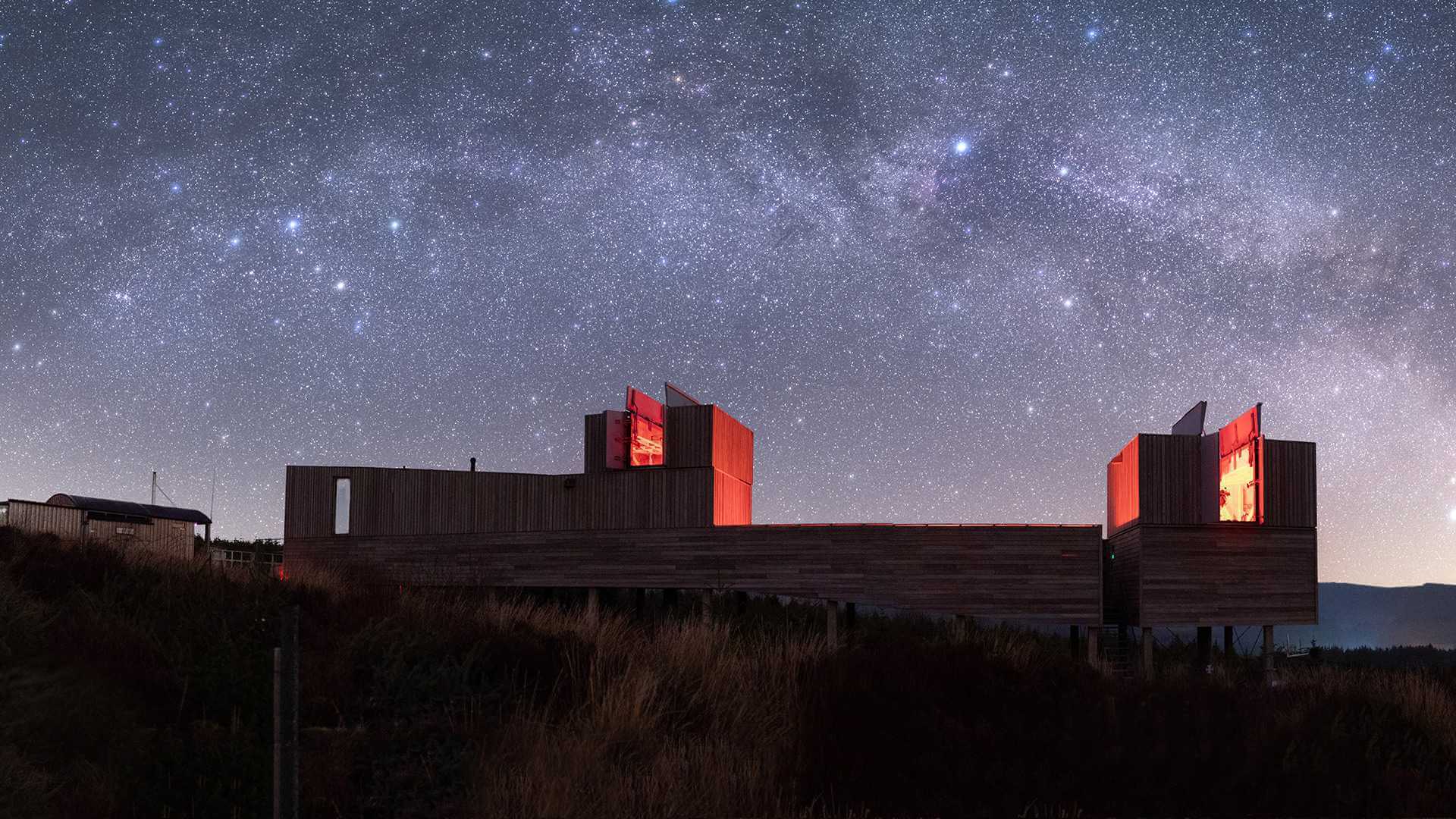
The Milky Way stretching across the dark skies in Kielder. Image: Kielder Observatory









